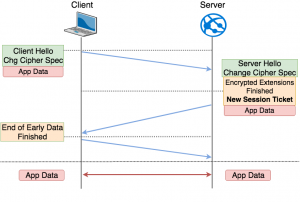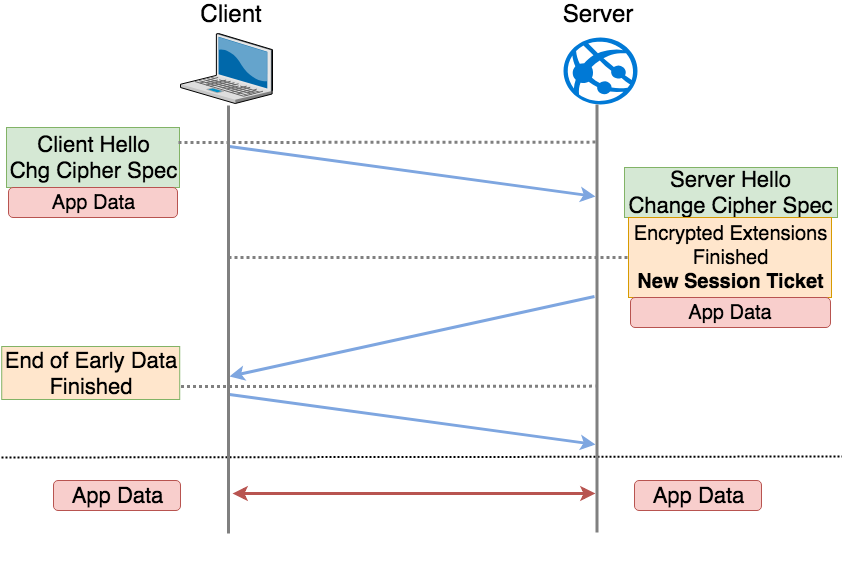Secure communications are one of the most important topics in information security and the Transport Layer Security (TLS) protocol is currently the most used protocol to provide secure communications on Internet. For example, when you are connecting to your online banking application, your favorite instant message application or social networks, all those communications are being transmitted using TLS. With TLS the information sent by the browser and the service is secured and encrypted, meaning that the information cannot be modified or tampered with by an attacker. Moreover the communications are verified to ensure that the browser is connected to the right endpoint (e.g. Wikipedia).
TLS was born as a substitute of the ancient Secure Sockets Layer (SSL) protocol, which was showing its age and being susceptible to multiple attacks. The first version of TLS, 1.0, was created in 1999 and it was based on SSLv3. Since then TLS 1.1 (2006) and TLS 1.2 (2008) were created to improve previous versions of the protocol, solving some of the security weaknesses that security researchers discovered in the last two decades.
TLS 1.3 is the new protocol version. It is not officially released yet, but it is in the final stage, just waiting for the final approval. In any case, some important vendors and open source projects are currently supporting it. The TLS 1.3 Working Group released multiple iterations (drafts) that refined and improved the protocol in the last four years. One of the outcomes of that hard work is that TLS 1.3 has been simplified compared to previous versions of the protocol and it is not vulnerable to previous known attacks that were affecting previous versions. For example, in TLS 1.2 the number of ciphers supported was high, maybe there were too many, and the Working Group has decided to limit this new version to support only five ciphers. Another example is that with TLS 1.3, forward secrecy is not optional, so, in the case that an attacker manages to steal the private keys of one server, he will not be able to decrypt previous communications as he would not be able to obtain the session keys used to encrypt previous messages.
TLS 1.3 has also introduced a new feature to improve the performance for new connections. The name of this feature is 0-RTT (Zero Round Trip Time Resumption) and it allows to have a fast session resumption that can push data to the server without needing to wait for a server confirmation. This is possible as 0-RTT reuses cryptographic information obtained in the first connection to the server. The following diagram shows how TLS 1.3 0-RTT resumption works:
This is an interesting functionality from the point of view of the performance, but it has some known security implications.
Cisco security consultants Alfonso Garcia Alguacil and Alejo Murillo Moya will deliver a presentation about some of the known security implications of using 0-RTT and will show Proof of Concepts (PoCs) of some attacks in real world environments. The intent is to raise awareness across the security community about that new feature. The presentation is named “Playback: A TLS 1.3 story” and it will be presented at Black Hat USA 18 and DEF CON 26. Attendees will learn about TLS 1.3 0-RTT, see some examples about how an attacker could take advantage of that new feature and finally get an understanding of the security implications of enabling the featu
You can find the slides and tool from this presentation here:




